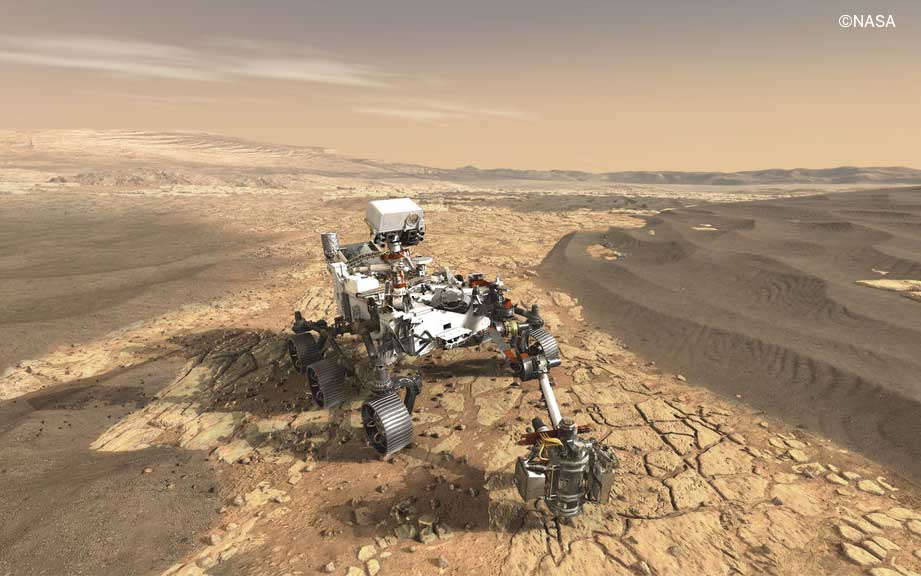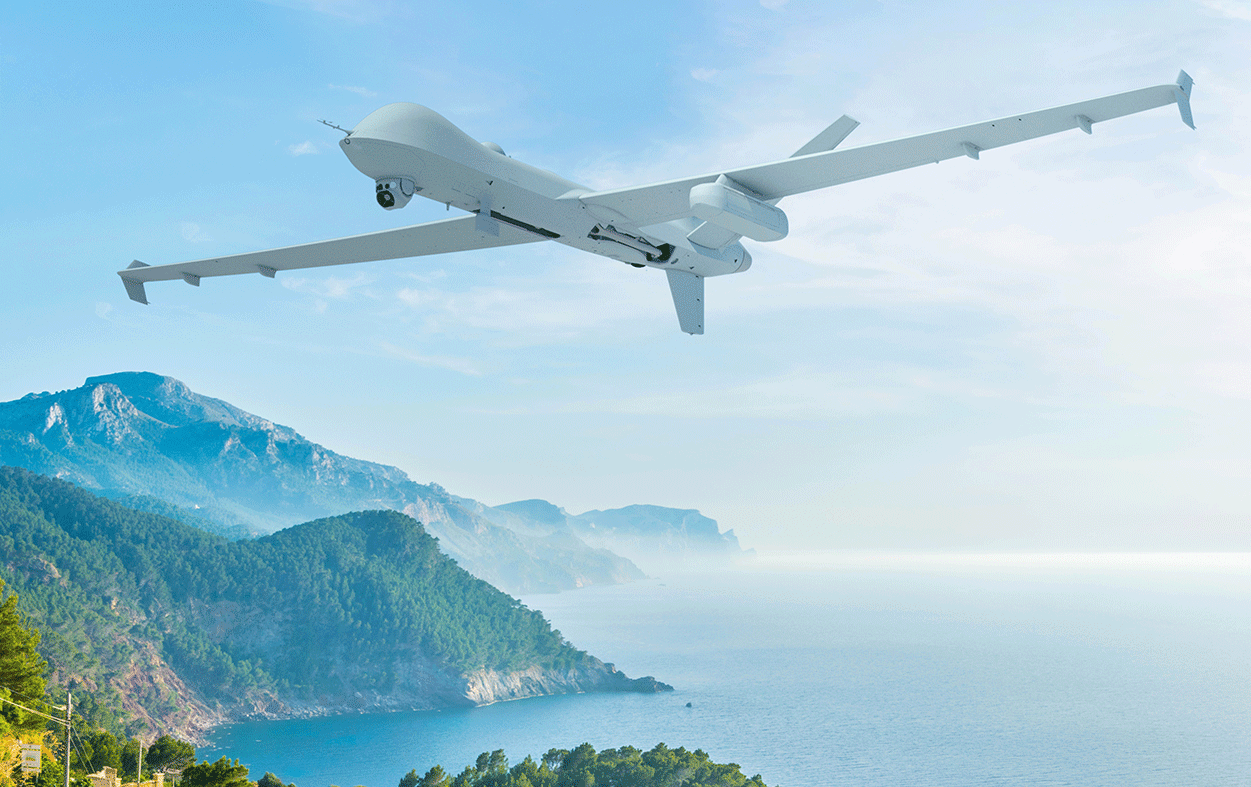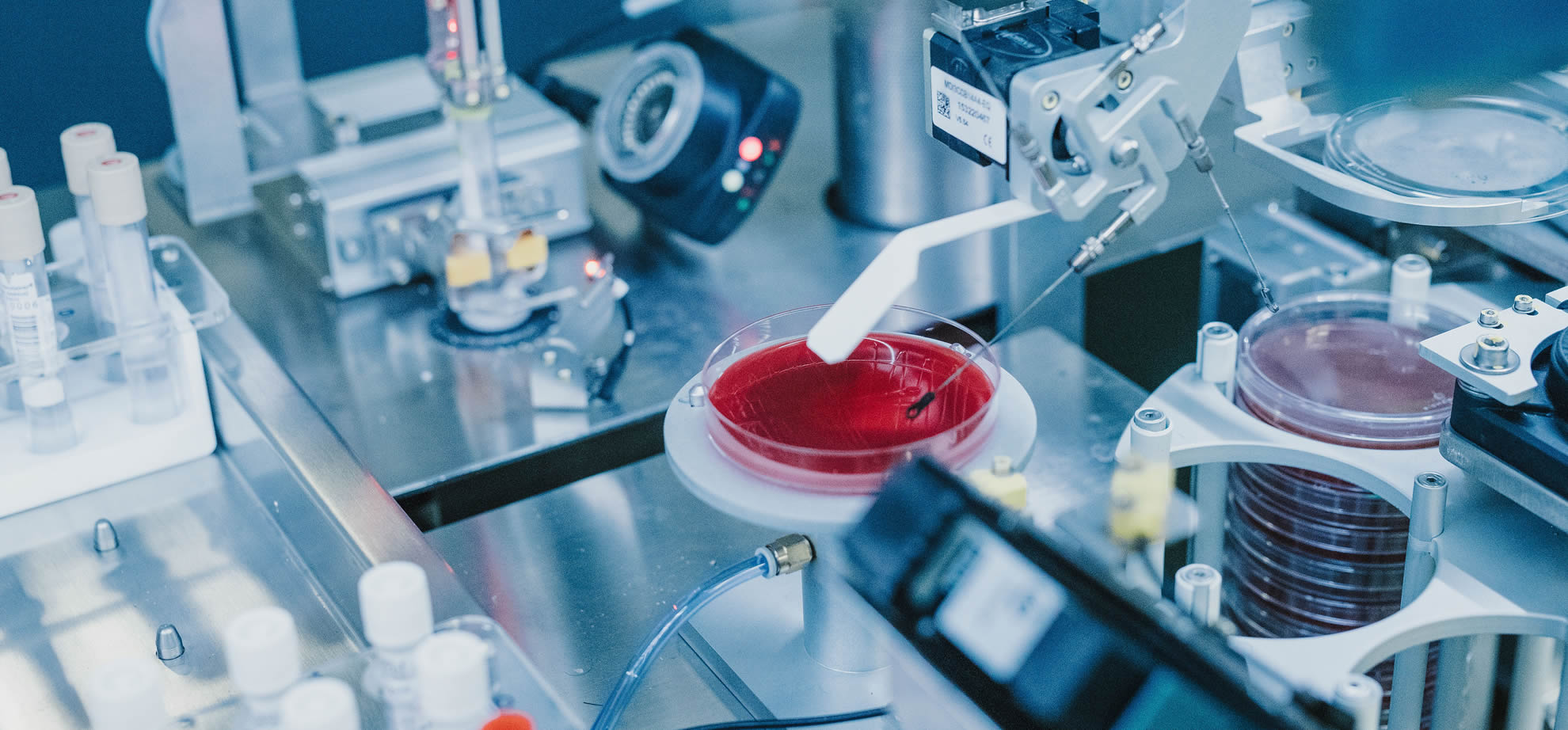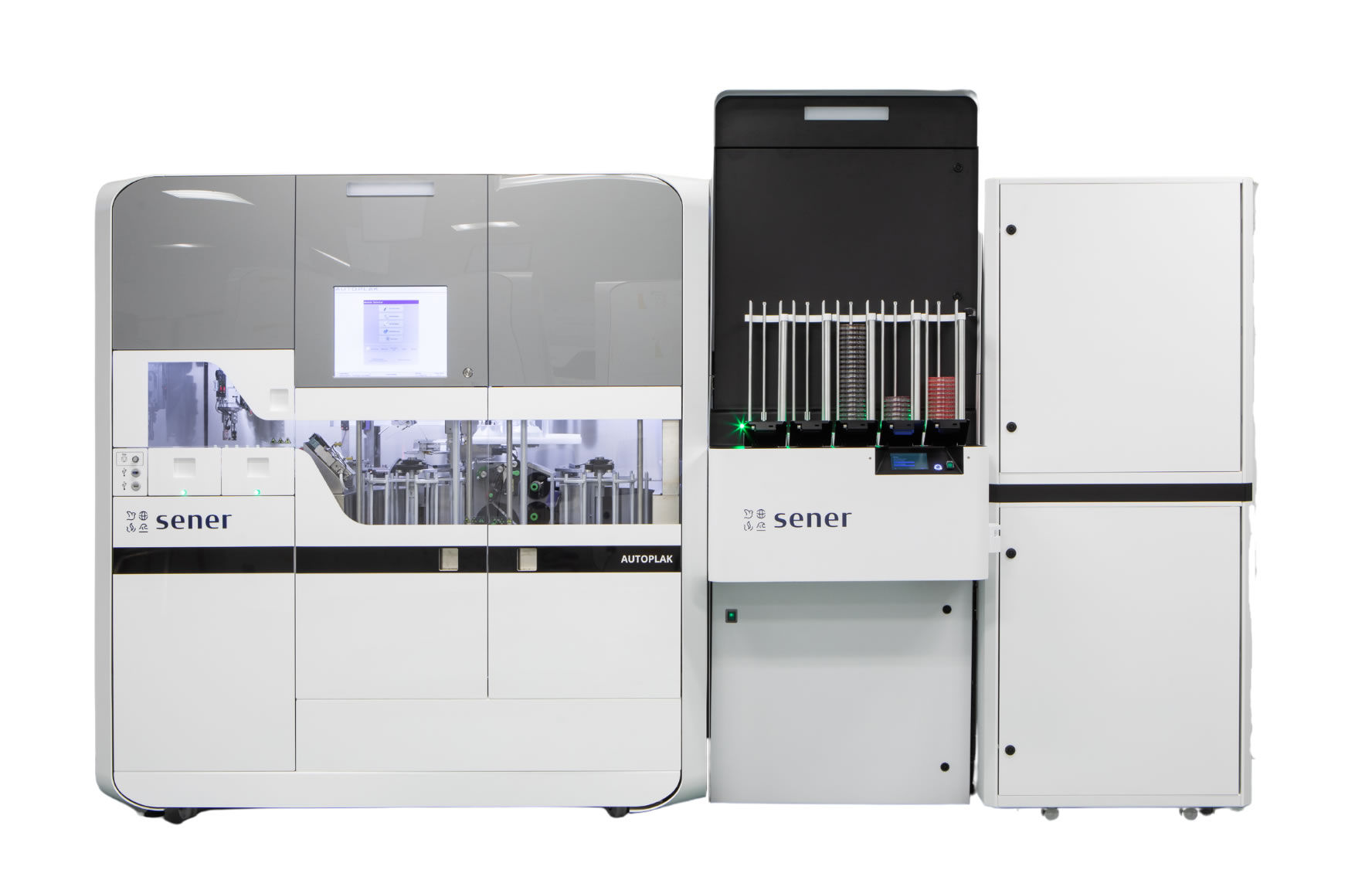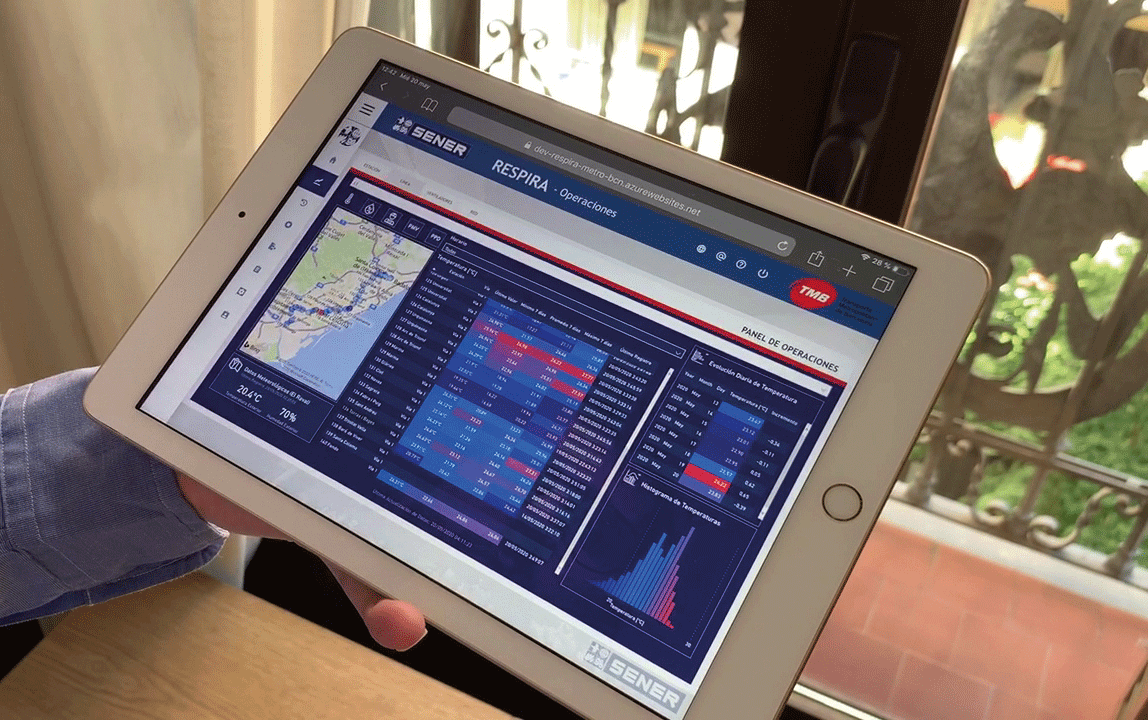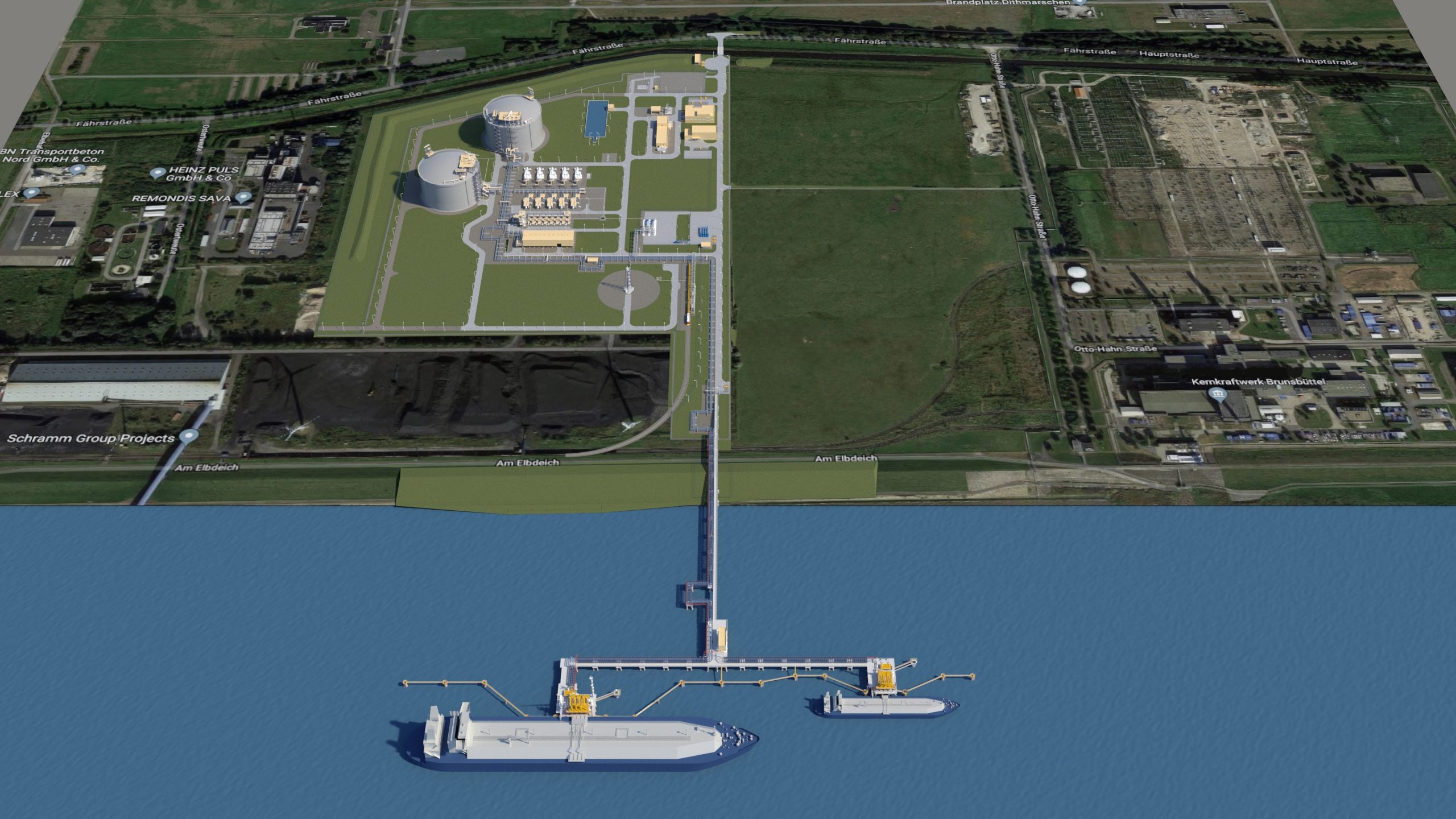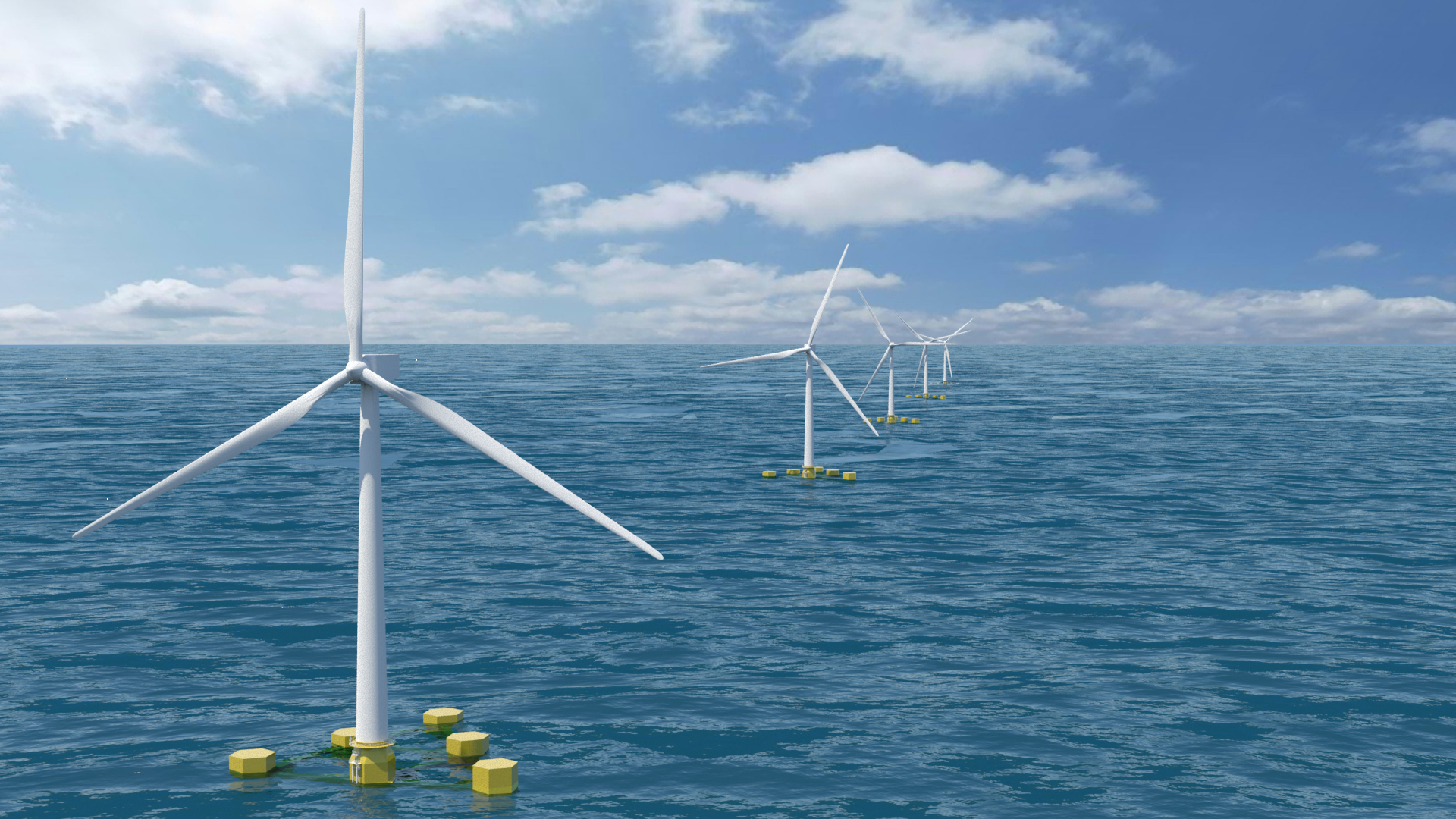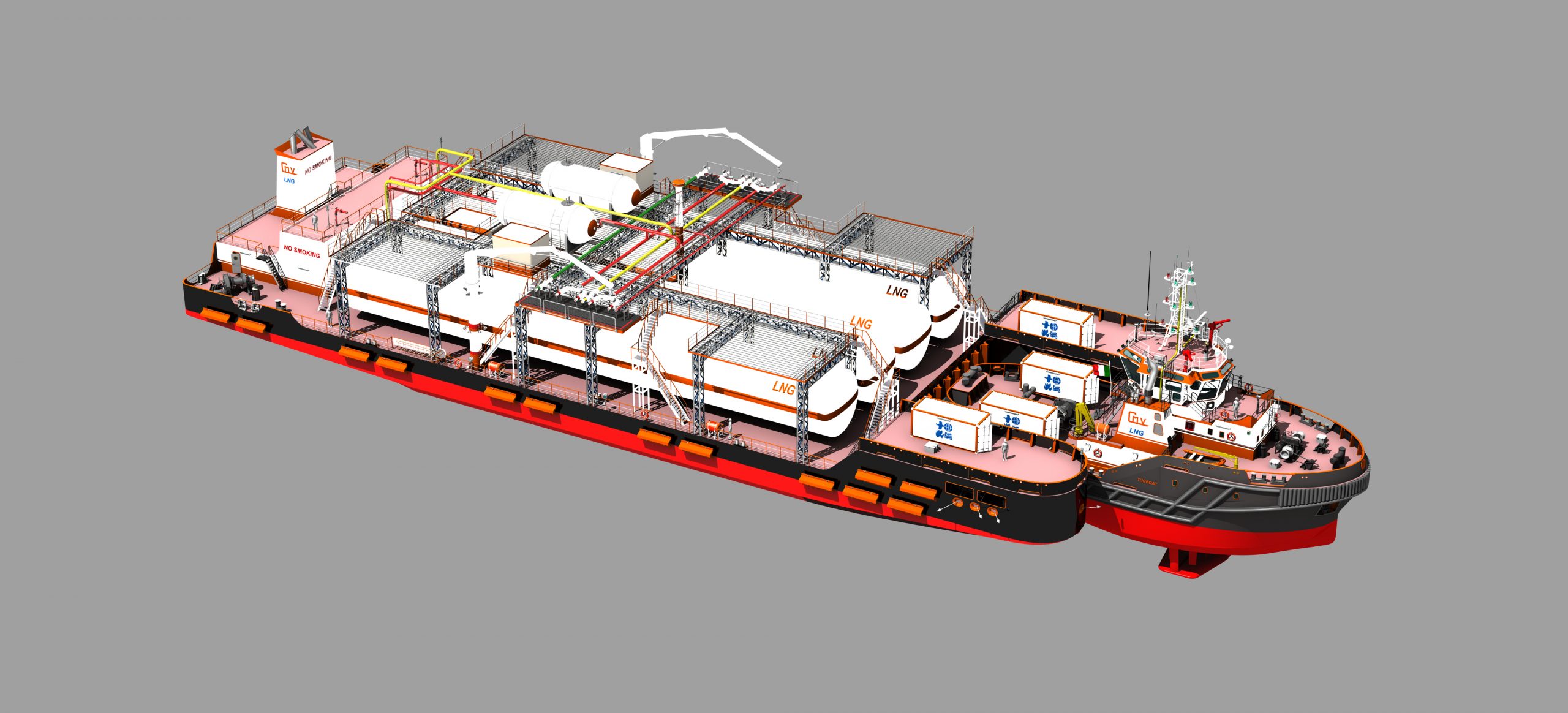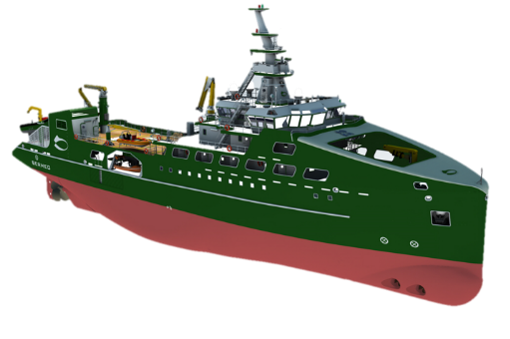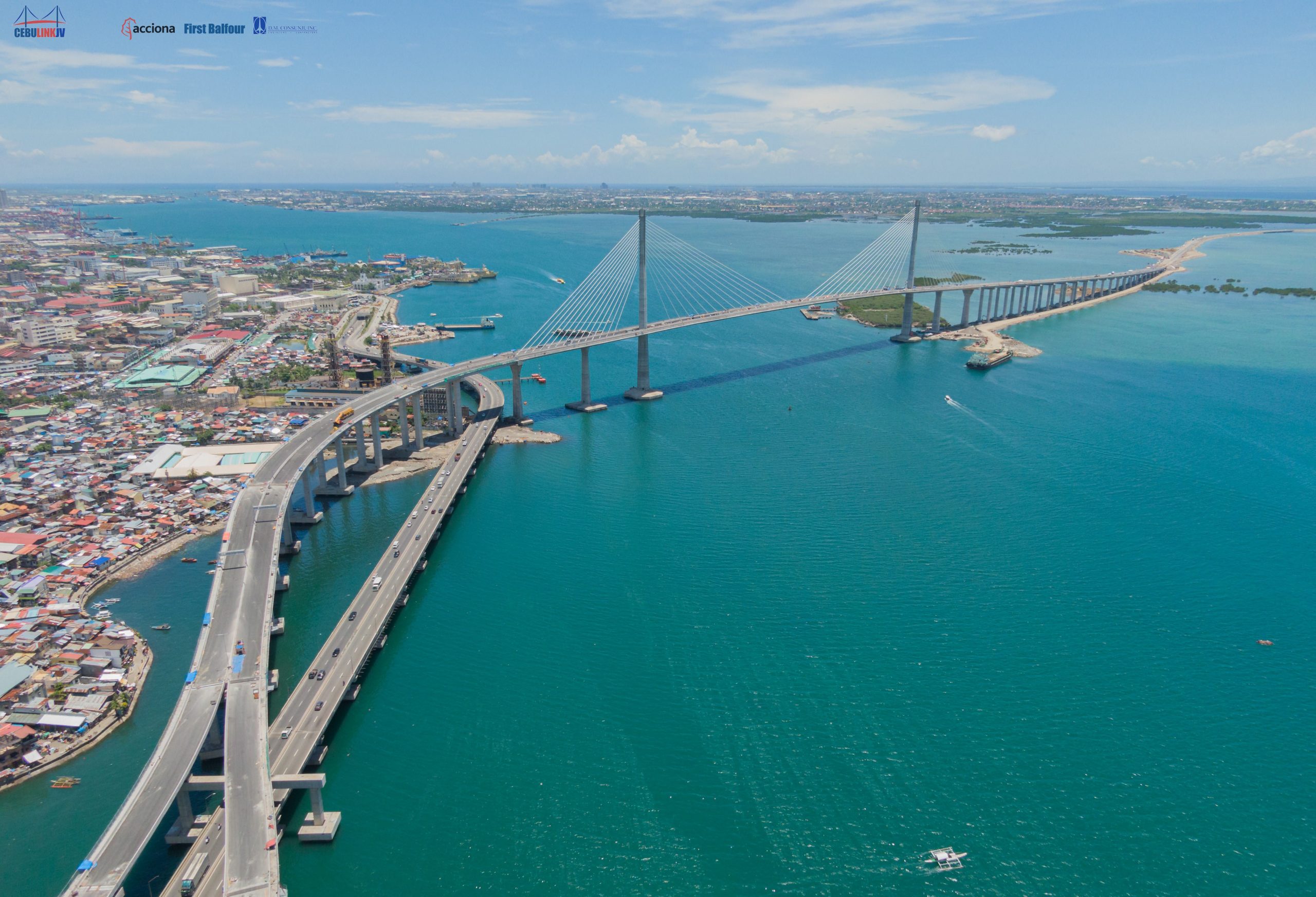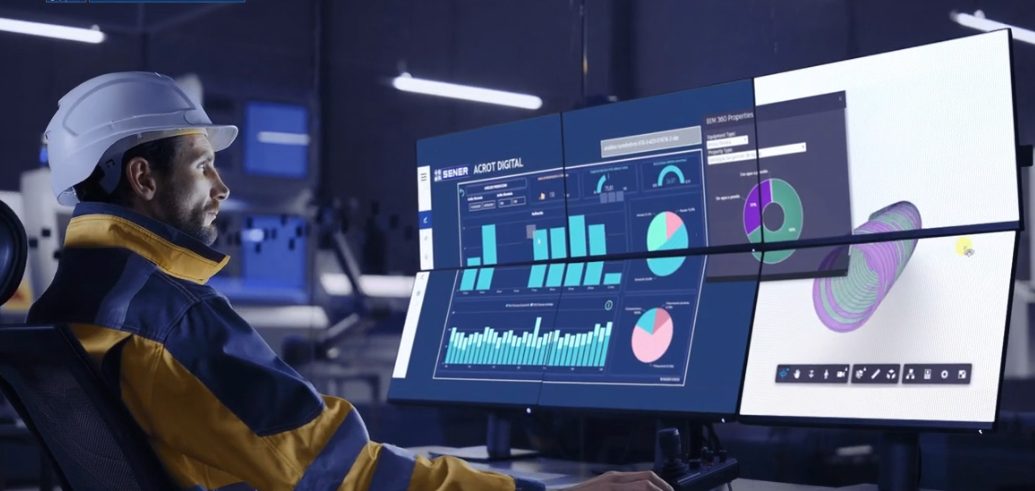Sener has delivered the satellite’s Reception Amplification Subsystem (RAS), a key component responsible for amplifying received radar signals. This subsystem plays a vital role in providing accurate data on the state of the planet’s forests, thereby contributing to global initiatives aimed at reducing CO₂ emissions.
The industrial engineering and technology group Sener has taken part in the Biomass mission, a scientific project led by the European Space Agency (ESA) that seeks to improve understanding of the carbon cycle and global warming processes through the monitoring of forest biomass. Biomass is part of ESA’s Earth Explorer programme and is designed to deliver precise data on forest conditions and deforestation worldwide. This data will enable the generation of high-resolution, three-dimensional maps of forests, significantly contributing to global efforts to reduce carbon dioxide emissions. Sener is involved in the mission as part of an international consortium comprising 50 companies from 20 countries.
Sener has developed the Reception Amplification Subsystem (RAS), a crucial part of the Biomass satellite’s electronic system. The RAS is responsible for amplifying incoming radar signals, ensuring low interference and high precision in data capture. This subsystem includes several critical components, such as filters and low-noise amplifiers, all of which have been rigorously designed and tested to meet the mission’s demanding requirements.
As part of the European Space Agency mission, Sener in Poland, commissioned by OHB Italia, designed, manufactured and tested ground-based mechanical equipment (Mechanical Ground Support Equipment) supporting the installation of the satellite, which is 12 meters wide and 20 meters long. The MGSE set includes, among others, devices for mounting and dismounting the satellite panels. Additionally, the engineers designed a container and devices enabling the transport of panels together with instruments.
The Biomass satellite is scheduled for launch on 29 April from the European spaceport in Kourou, French Guiana, aboard a Vega-C launcher. The mission is expected to last a minimum of five years. During this time, the data gathered by the satellite will be crucial for improving projections of the carbon cycle and supporting environmental policymaking on a global scale.
 About us
About us About us / section
About us / section Markets
Markets Markets / section
Markets / section Projects
Projects Careers
Careers Careers / section
Careers / section
